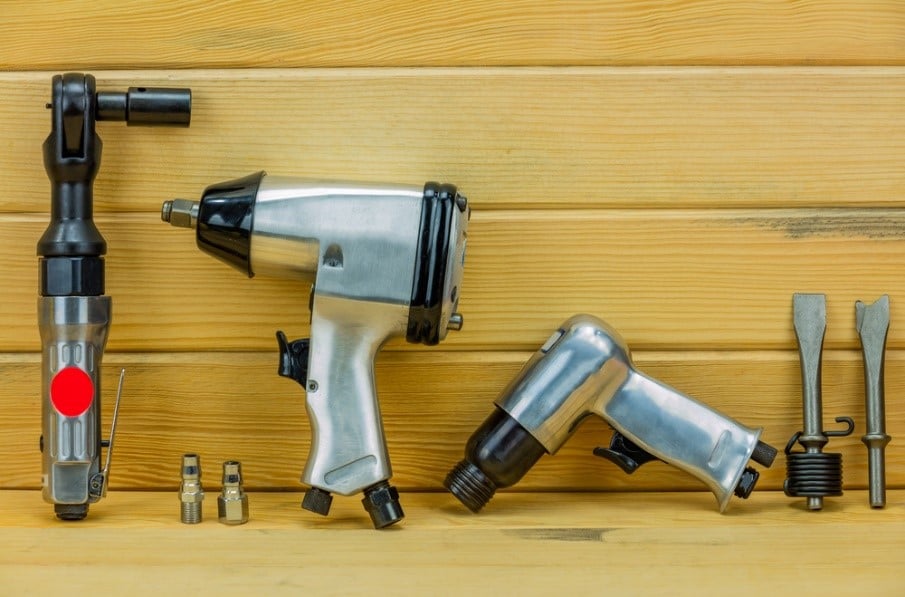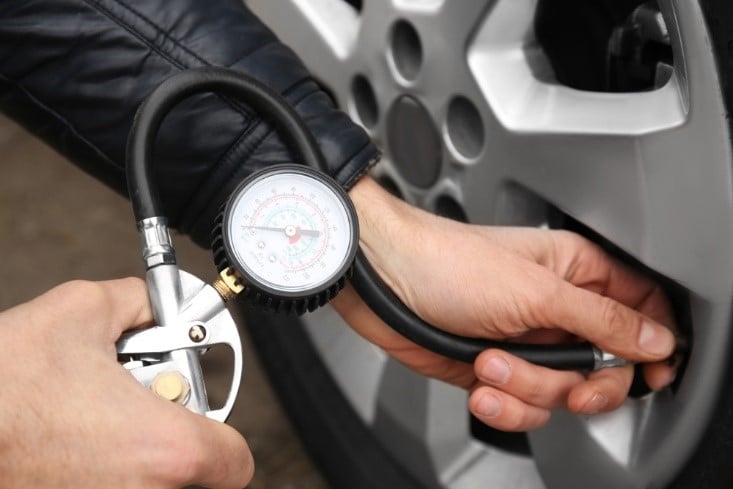Pneumatic tools, often referred to as air tools, are essential in any automotive repair shop. These powerful devices make everything from changing tires to performing engine repairs quicker and more efficient. However, to get the best results and ensure your safety, it's crucial to follow some best practices when using them.
Let’s dive into how to use pneumatic tools effectively while keeping it safe and enjoyable.
Not all pneumatic tools are created equal, and each one is designed for specific tasks. Common tools you’ll encounter include:
Choosing the right tool not only enhances your efficiency but also prevents damage to parts or unnecessary injuries. Take the time to assess your needs before grabbing the first tool you see!
Most pneumatic tools operate best within a specific air pressure range, usually around 90-120 PSI (pounds per square inch). Using too little pressure can make the tool ineffective, while too much can cause damage. Always consult the manufacturer's guidelines to ensure you’re operating within the right parameters. Trust us; your tools—and your projects—will thank you!
Regular lubrication is vital for the longevity of your pneumatic tools. A few drops of pneumatic tool oil before each use can work wonders for keeping the internal parts functioning smoothly. Consider investing in an in-line lubricator, which automatically oils your tools while you work. This small step can save you headaches down the road!
Just like your car, your pneumatic tools need regular check-ups. Before diving into a project, inspect your tools for signs of wear and tear. Look for cracks, loose fittings, or frayed hoses. Pay attention to your air hoses, too—leaks or kinks can diminish performance. By keeping your tools clean and well-maintained, you'll avoid frustrating breakdowns and ensure they serve you well.
Safety should always be at the forefront when using pneumatic tools. These devices operate at high speeds and pressures, which can be dangerous if mishandled. Equip yourself with the right PPE, including:
When you prioritize safety, you create a more enjoyable working environment!
Using pneumatic tools requires a bit of finesse. Always hold them securely, and try to use both hands for larger tools like impact wrenches. Start at a low speed to maintain control, and avoid overexerting yourself. Remember, these tools are designed to do the heavy lifting for you—no need to fight against them!
When not in use or when changing attachments, disconnect the tool from the air supply. This simple precaution can prevent accidental activation and potential injuries.
Moisture can wreak havoc on pneumatic tools. If your air supply is contaminated with water or dirt, it can lead to rust and reduce performance. Make it a habit to use an air filter or dryer to keep the air clean and dry. Your tools will run smoother, and you’ll spend less time fixing issues caused by moisture.
When you’re finished working, store your pneumatic tools correctly. Keep them in a dry, dust-free place, like a toolbox or cabinet, to protect them from damage and contamination. Proper storage not only prolongs the life of your tools but also keeps your workspace organized, so you can find what you need when you need it.
Even the best pneumatic tools have their limits. Continuous use without breaks can lead to overheating and damage. Give your tools time to cool down, especially after heavy use. This simple practice can help maintain their efficiency and extend their lifespan.
Parts wear out over time, and it’s essential to know when to replace them. Common items that may need replacing include seals, gaskets, and O-rings. Staying on top of these replacements not only keeps your tools running smoothly but also prevents costly breakdowns.
Pneumatic tools are invaluable for any automotive repair enthusiast. By following these best practices, you can enhance your efficiency, ensure safety, and prolong the life of your tools. Whether you’re a seasoned mechanic or just starting your DIY journey, proper care and handling of your pneumatic tools will make your projects more enjoyable and successful.
If you’re looking for high-quality pneumatic tools that you can trust, check out Eppy’s Tool & Equipment selection. We have everything you need to tackle your automotive repair projects with confidence!
November 05, 2024